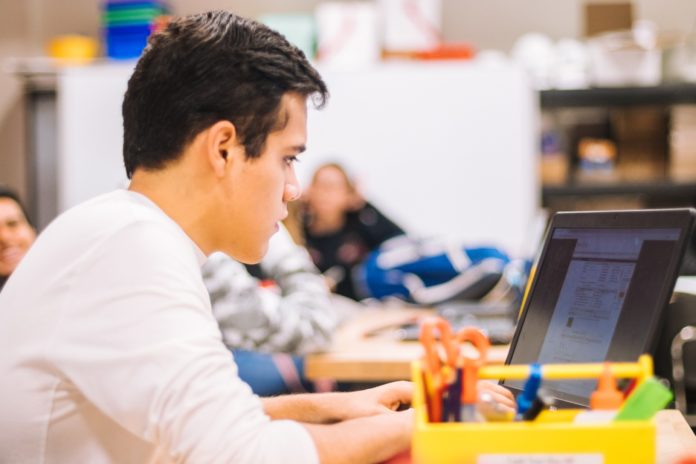Students retain more information when they take notes by hand instead of typing them on a laptop. At least that’s according to one widely cited study published in the journal of Psychological Science. But a new EdSurge article raises issue with those findings: Follow-up studies have been unable to repeat the original results, particularly when it comes to performing on “conceptual recall questions.”
Michelle Miller, a psychology professor at Northern Arizona University, urges educators to think twice before being lured into action by flashy research headlines (re: The Pen Is Mightier Than the Keyboard). “We should…set a much higher bar for any future op-ed pieces singing the praises of handwriting,” Miller told EdSurge. “That alone would be a huge contribution…reintroducing nuance and reminding us that one study does not a definitive scientific conclusion make.”
Teachers Dana Haring and Tom Kelner took that “higher bar” one step further. In “The Duel Between the Pen and Keyboard Continues,” published in the May 2021 issue of Educational Leadership, Haring and Kelner describe an action research project they designed to determine whether the 2014 study mentioned above would really hold water in their context. Would writing notes on pen and paper be better for their students in their school?
The 7th grade teachers assigned students an essay and divided their classes into two groups. One group would prepare for the essay by typing research notes on school-issued computers, while the other group would handwrite their notes on paper. All the students would then type their final essays on a laptop and be assessed with the same rubric.
When Haring and Kelner compared both groups’ content scores—encompassing students’ use of evidence and analysis—the results were unexpected. Read the full article here.
Not an ASCD member? Join today.








